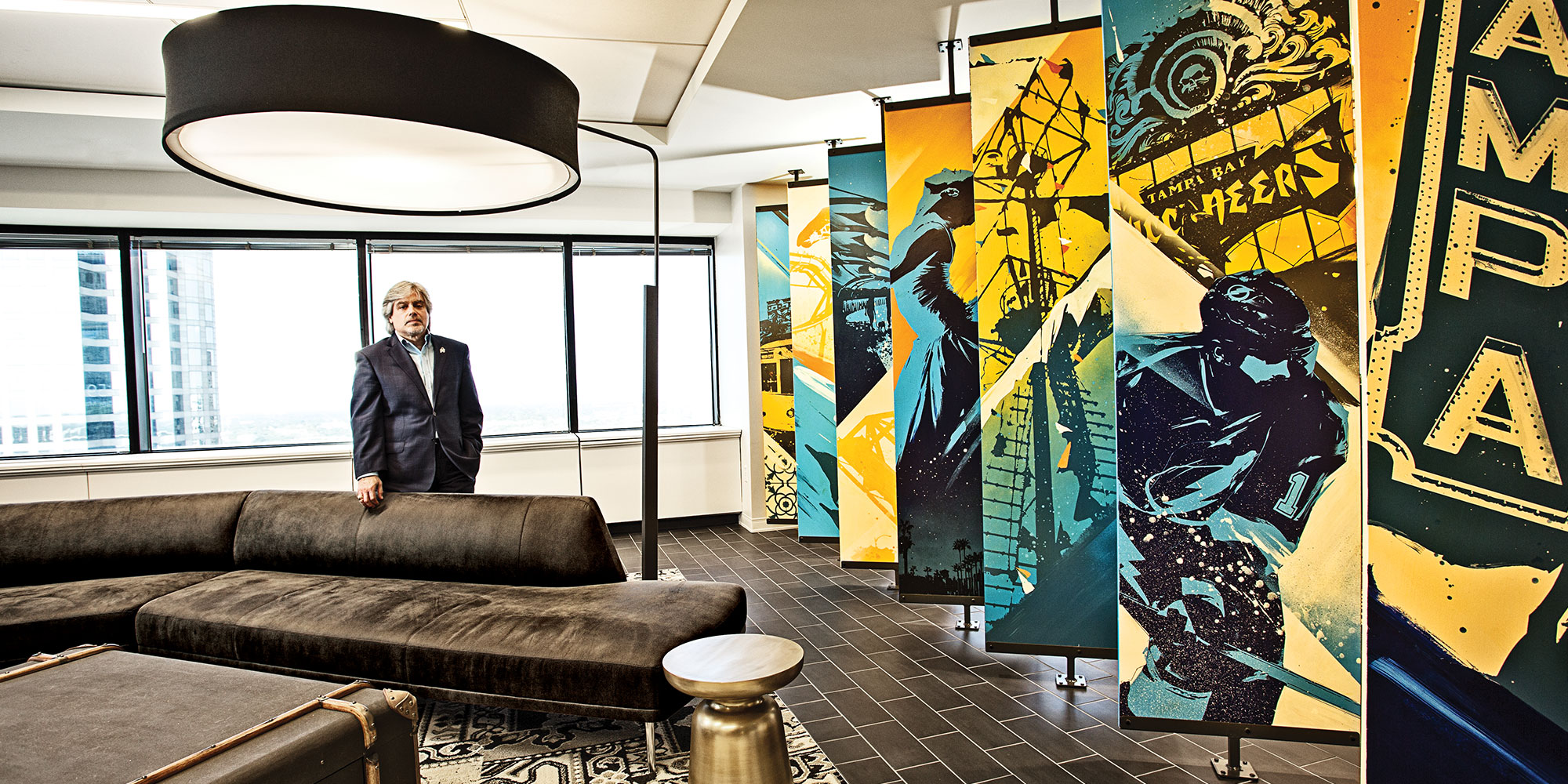Mention to Santiago Corrada that Tampa’s intense summer heat drives away potential visitors, and one look at his face tells you there’s a lot more to the story. You have to keep in mind, the Visit Tampa Bay CEO says, that it’s hot all over the United States in the summer, which makes the months of June through August equal-opportunity tourism season across the country.
“It used to be that June, July and August were lower visitation months [in Tampa] than the rest of the year,” Corrada says. “The heat has something to do with it, but it’s also because all of the other destinations in America are open for business in the summer, so there are many more options available for travelers to choose from than during the fall or winter. It’s a matter of the competition level increasing during those months.”
In recent years, summer visitation has steadily increased to reach a level comparable with the rest of the year. In 2017, the average monthly occupancy rate in Hillsborough County hotels was 74.1 percent, while the combined average occupancy for June through August was a close 71.9 percent, just a tick up from the 71.7 percent average occupancy during the same period of 2016.
According to data kept by Visit Tampa Bay — a not-for-profit sales and marketing organization under contract with both Hillsborough County and the city of Tampa to bring visitors to the area — 22 percent of trips to Tampa in 2017 were made between July and September. Corrada says his organization heavily targets families and active couples from in-state cities like Miami, Orlando and Jacksonville in the summer with its “Florida’s Most” advertising campaign, which highlights the breadth and depth of Tampa’s culture, attractions, history and activities.
“We [thought about] what comes to mind when you say ‘Tampa,’ and it was lots of things,” he says. “You maybe think about Busch Gardens, the Lightning or Bucs, or great dining and beer. Tampa has Florida’s most cool things in one place. We fashioned the marketing campaign around Tampa being ‘Florida’s most,’ and it’s really worked for us.”
It’s worked so well that in 2017 Hillsborough County hotels brought in a record $644 million in taxable revenue, making Tampa a high-impact tourism destination as designated by the state. Though the designation now allows the county to raise the hotel bed tax, or “tourism tax,” that funds Visit Tampa Bay by one percent, Corrada says the economic impact of that many visitors has a strong trickle-down effect for local residents.
“It’s not just the 50,000 to 60,000 jobs in the tourism industry in Hillsborough County,” he says. “It’s what those people do with the money they’re making here at home that those visitors help to fuel. The salaries associated with the industry then further feed other things in our community.”





